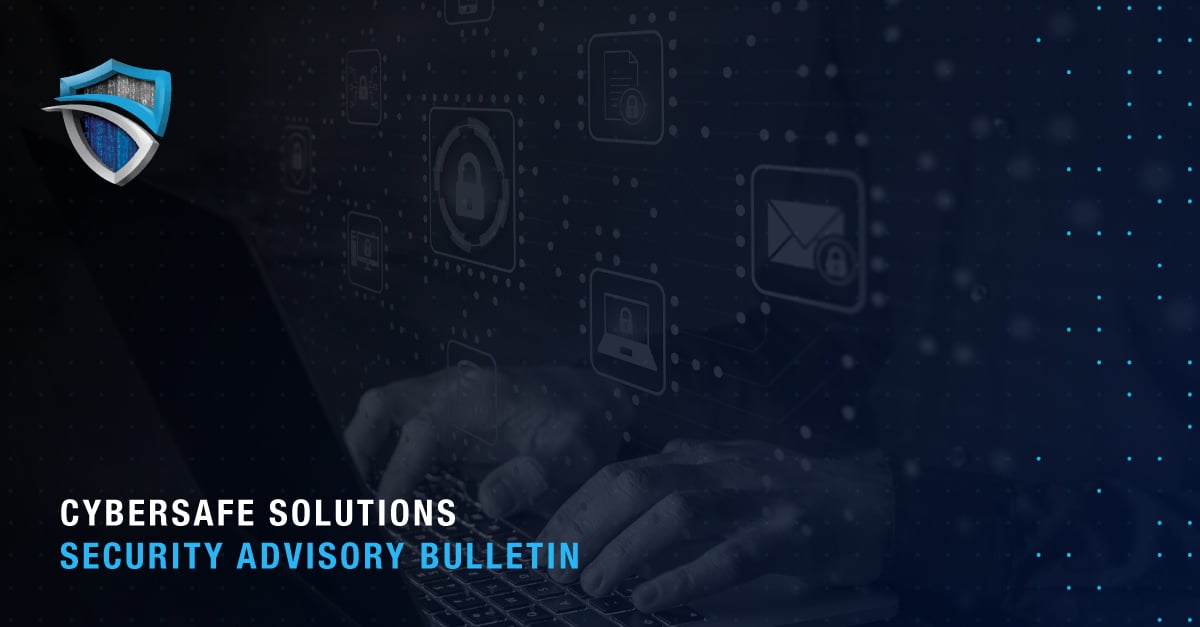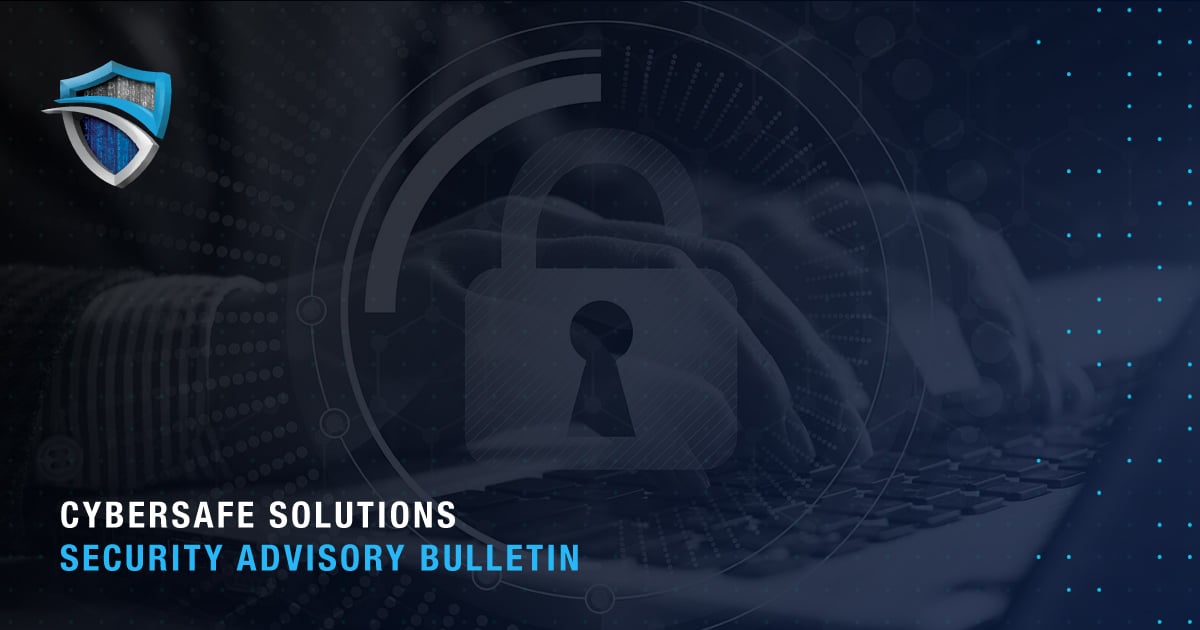T-Mobile, Yum! Activision, MOVEit, and MailChimp are just some of the blue-chip brands that suffered crippling cyber incidents affecting millions of customers and costing hundreds of millions of dollars in 2023. Indeed, cybercrime is trending up一in the number of incidents, individuals affected, and costs. Unlike the brands listed above, for many smaller businesses, a single attack can be terminal.
In a world where digital technologies are the lifeblood of commerce, cybersecurity is integral to business strategy and risk management. It’s as fundamental as putting on a seatbelt when you’re on the road.
But no cybersecurity program is perfect. As threats accelerate and evolve, a top cybersecurity program can significantly reduce the probability of attack but can’t eliminate it.
This is where a well-structured cyber incident response plan (CIRP) comes in. A strategic approach to incident response can help minimize the impact of those cyber attacks that get through.
The Rising Tide of Cyber Threats
Cyber threats manifest in various forms and motivations, continuously adapting and evolving. Some of the more common include malware (including ransomware), intrusion, and social engineering (including phishing, business email attacks, and pretexting). Attacks are designed to disable systems, hold assets for ransom, or steal data, and are becoming more frequent for large and smaller organizations alike.
Online data aggregator Statista reports in 2022, over 422 million individuals were affected by data compromises, including data breaches, leakage, and exposure. This represents a 42% increase over 2021.
In its 2023 Data Breach Investigations Report, Verizon reports the median cost of a business email compromise attack (BEC) has risen steadily since 2018, with the latest figure reaching $50,000. Millions of smaller businesses can’t afford that.
Additionally, businesses with fewer than 5,000 employees have also experienced the most significant cost increases (20 percent or more) over the annual period, according to IBM’s Cost of Data Breach Report 2023.
The Role of Cybersecurity
Cybersecurity programs are crucial to managing threats by protecting systems, networks, and data from digital attacks. Most involve deploying a combination of technologies, processes, and practices to identify, detect, and respond to potential cyber perils. That said, no cybersecurity system, however advanced, is impervious to every possible challenge. Thus, a robust cyber incident response plan complements cybersecurity defenses to mitigate the impact of an attack, should one occur.
Think of a CIRP as something similar to an outdoor event plan, perhaps for a musical performance, that includes an indoor venue backup should a storm hit the area.
The primary objective of a CIRP is to enable an organization to resume normal operations as soon as possible following a security breach. As such, every organization should have one, whether they work with an external cybersecurity provider or manage cybersecurity internally, beginning with thorough preparation and extending to response and recovery phases.
What Is a Cyber Incident Response Plan?
A cyber incident response plan is a comprehensive set of procedures and guidelines implemented when a cyber attack hits. It outlines what your team and your cybersecurity provider (should you have one) should be doing to help mitigate the fallout.
A CIRP is an essential part of an organization's broader cyber defense strategy that also includes policies on information technology and data management, such as acceptable use, backup protocols, confidential data, wireless access, and more. The primary components of a CIRP include the following:
- Preparation. This portion outlines the designation of an organization's external cybersecurity partner (where relevant), internal cyber threat response leadership, notification protocols, and PR strategy. It would also include the external partner’s role in providing education and training to the organization’s workforce.
- Identification, Containment, & Analysis. This section lays out detection responsibilities, identification of affected systems, and response coordination, including containment and analysis across the organization.
- Eradication & Recovery. This section includes mitigation directives addressing the security failure that led to the breach and implementing countermeasures to ensure it won’t happen again.
Benefits of Having a CIRP
A CIRP helps organizations effectively manage and mitigate the impact of cyber incidents. Here are some key advantages:
- Minimizes Response Time. By outlining clear steps and responsibilities, your organization can respond quickly to cyber incidents, helping limit exposures, theft, and other related damage.
- Reduces Downtime. A CIRP helps minimize operational downtime by efficiently restoring affected systems and services sooner.
- Mitigates Financial Costs. By swiftly addressing the incident, organizations can reduce the costs associated with data breaches, system restoration, legal liabilities, and regulatory fines.
- Helps Protect Assets. An incident response plan helps safeguard assets by containing and mitigating the incident, preventing further data exposure, and ensuring compliance with data protection regulations.
- Legal & Regulatory Compliance. Many industries are subject to legal and regulatory requirements related to cybersecurity. An incident response plan can assist in complying with these regulations by outlining processes for reporting and documenting incidents.
Boost Your Cybersecurity Posture With a Comprehensive CIRP
In a world where cyber threats are on the rise and evolving at an alarming rate, the importance of having a well-structured cyber incident response plan can’t be overstated. Your CIRP is your last line of defense that can minimize the impact of a cyber attack on your business.
In short, it's no longer a matter of if but when your organization faces a cyber incident. Being prepared is not just an option; it's a necessity for business survival and success in the digital age.
Cybersafe is a leading MSSP providing unmatched continuous monitoring, risk assessment, and incident response. For more about how to bolster your cybersecurity posture with our services, schedule a consultation or contact us today.





